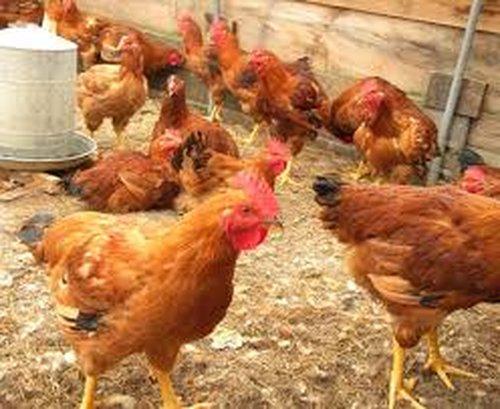Introduction
In Africa continent, poultry make up more than 80% of the continent’s poultry flock. Poultry farming is a tool for poverty eradication and promotion of food security. This is because, unlike other livestock production, poultry farming requires less investment particularly in purchase of flock and structures and space, it gives rapid return on investment, broilers intake of feeds is comparatively very low while it produces maximum possible amount of food and also offers a continuous source of income. Rural family poultry is a valuable asset to local populations as they contribute significantly to food security, poverty alleviation and the promotion of gender equality, especially among the disadvantaged groups and less favoured areas of rural Africa.
This 5-days course will equip participants with knowledge including establishing a profitable poultry farming, developing a business plan, selecting the right poultry breeds, housing of poultry, poultry management practices such as diseases control and record keeping
Duration
5 days
Who should attend?
• Aspiring and existing chicken farmers
• Individuals who want to start chicken farming
• Technical advisors to poultry farmers including agricultural extension officers
Course Objectives
At the end of the training, participants will be able to:
• Gain sufficient information and knowledge to allow them to run a chicken enterprise efficiently
• Learn about all aspects of raising poultry for their meat and eggs.
• Develop a business plan which will show them if they can make money out of a poultry farming enterprise operation in their country or region under the present conditions.
• Learn proper housing and equipment for chickens.
• Compile a business plan with budgets, cash flows and housing plans.
• Mix own chicken feeds
• Learn common diseases and conditions affecting broiler chickens
Course Outline
Module 1: Introduction to poultry farming
• Developing a business plan
• Terminology
• Regulations
• Management Factors
• Small Scale Production
• Breeds
• Classifying Fowls (Egg Laying Breeds, Meat or Table Birds, Dual Purpose Breeds)
• Cross Breed Poultry
• Sex Linkage
• Brooders
• Poultry Husbandry (Stock Selection, Feeding, Watering, Housing, Health)
• Turkeys
• Geese
• Ducks
Module 2: Poultry nutrition
• Digestive System (Gullet, Crop, Proventriculus, Gizzard, Intestine, Caecum, etc)
• Nutrient Sources (Carbohydrate, Protein, Minerals etc)
• Rationing
• Palatability
• The End Product
• Modern Feed Requirements
• Phase Feeding
• Limited Feeding
• Consumption Feeding
Diseases
• Avoiding Stress
• Viral diseases
• Bacterial diseases
• Mycoplasmosis, fungal and protozoan disease
• Non-infectious diseases
Module 3: Poultry breeds and housing
• Poultry breeds
• Chicken housing and equipment
Layers
• Extensive (free-range) System
• Semi-Intensive System
• Intensive Systems
• Housing
• Deep Litter System
• Feeders
• Battery Units
• Feeding the Laying Hen
• Replacing the Flock
Broilers
• Caponising
• Brooding Period
• Feeding Broilers (Starter Period, Finisher Period)
• Housing
• Hygiene and Health
Incubation
• The natural method (using broody hens)
• The artificial method (using incubators)
• Selecting Eggs
• Storing Hatching Eggs
• Turning Eggs
• Managing a Incubator (Temperature, Humidity, Testing, Hatching)
• Reasons for Poor Hatchability
Module 4: Chick Brooding
• Heating
• The canopy brooder
• The infra-red lamp
• The battery brooder
• The hay box brooder
• Feeders
• Drinkers
• Floor Space
• Rearing
• Problems during rearing
Record Keeping, economics and Marketing
• Growth Records
• Egg Production records
• Small Scale Business
• Compatible Ventures (Manure, etc)
• Preparing a Farm Business plan
• Finance
• Land Management
• Analyzing the Market place
• Developing a Marketing Plan
Module 5: Field visit to poultry farm

